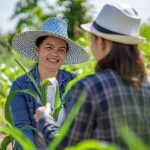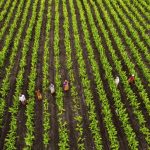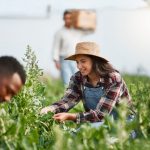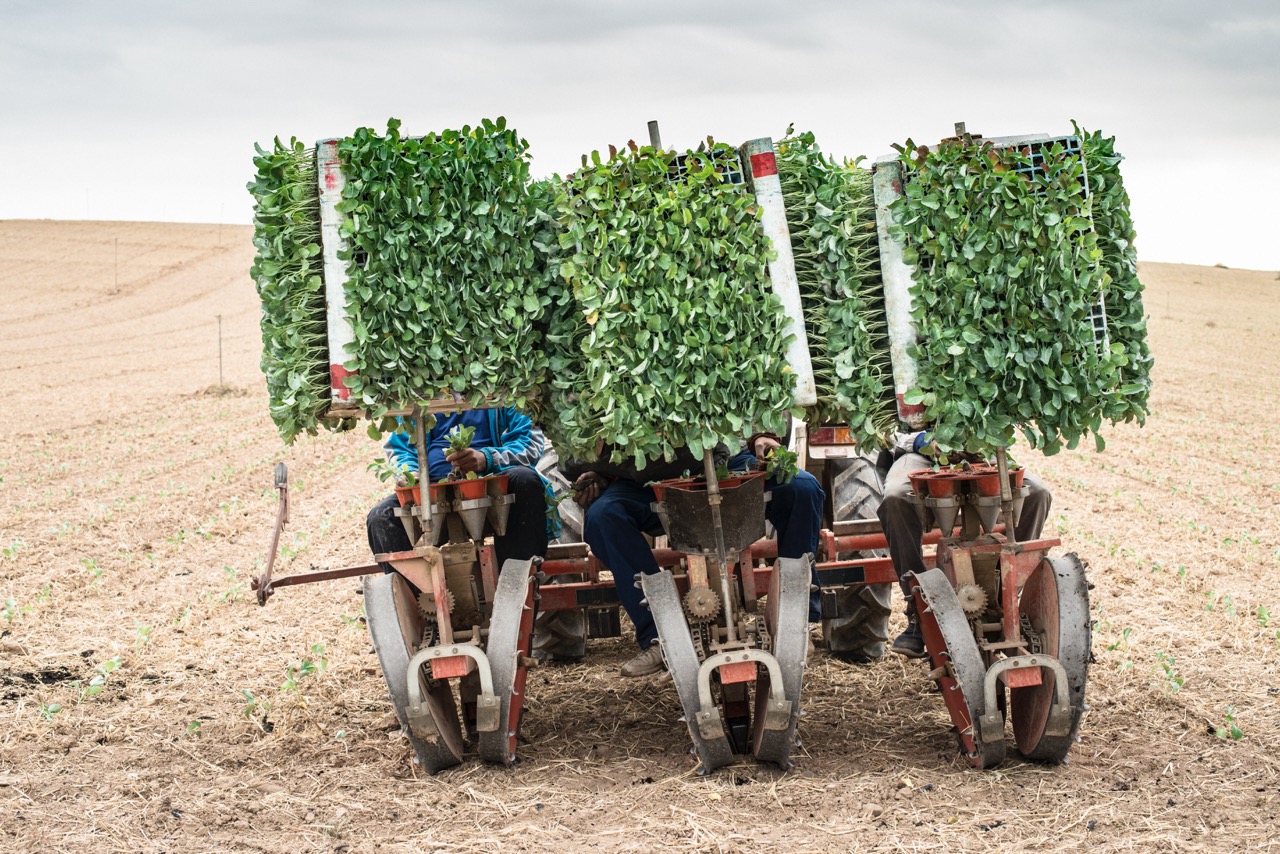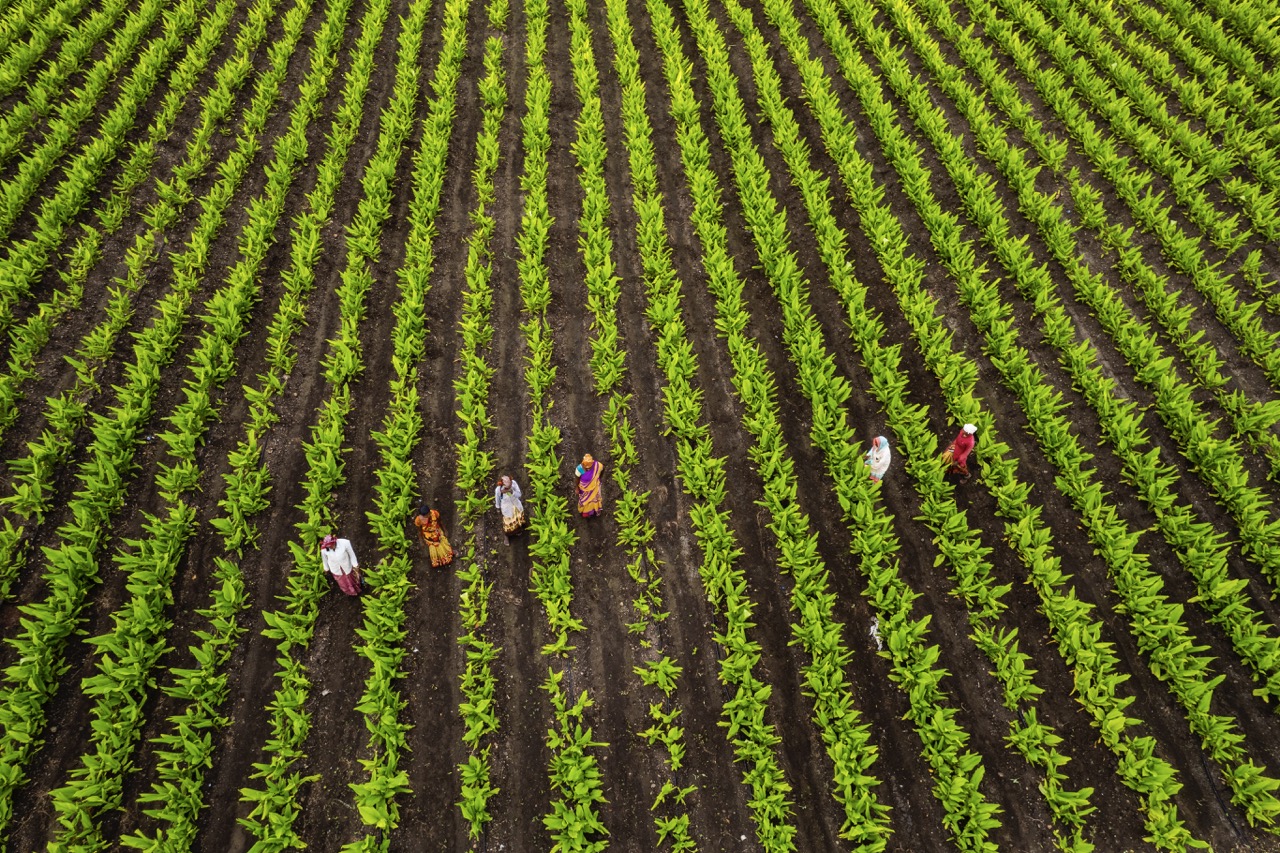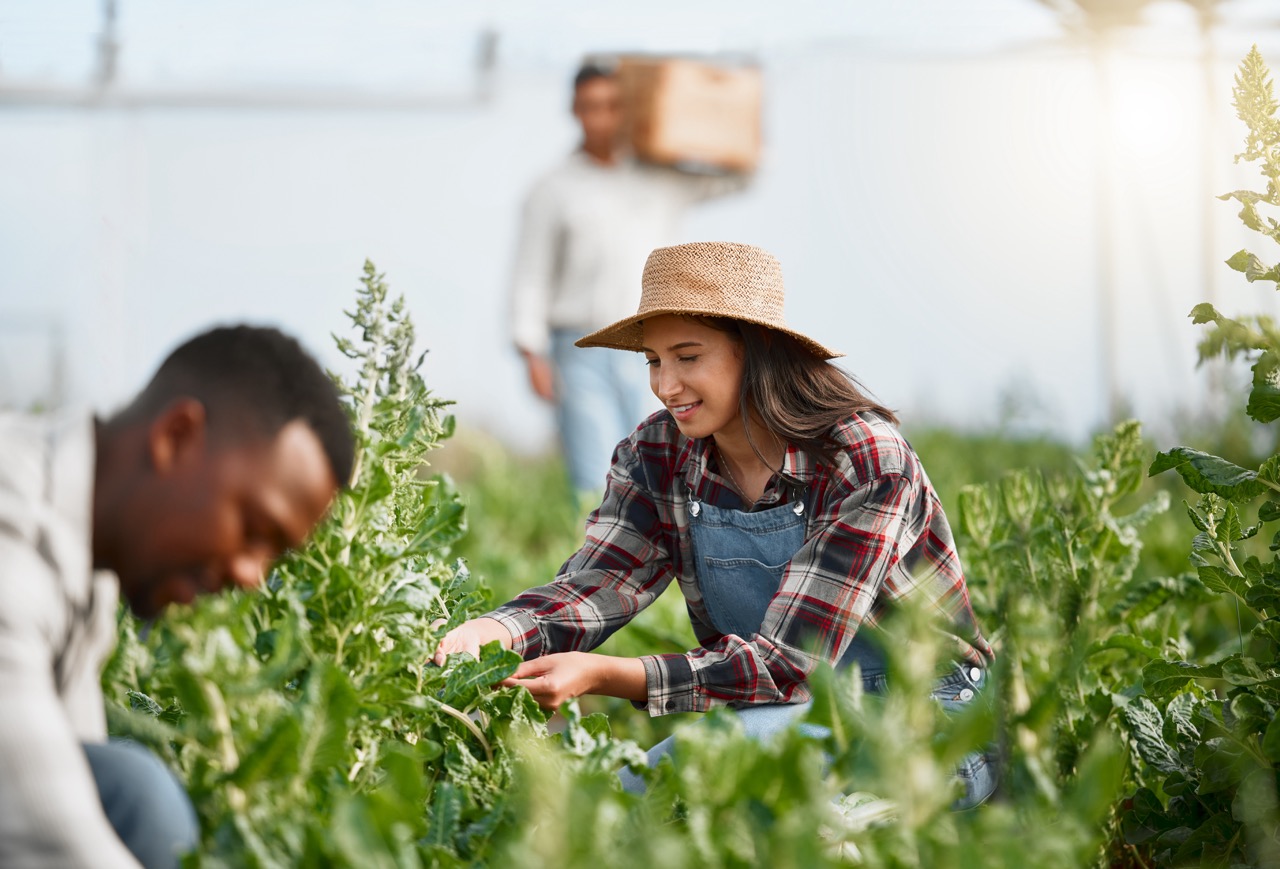In the ongoing conversation about sustainable agriculture and land conservation, sharecropping often emerges as a polarizing topic. Historically associated with exploitative labor practices, modern interpretations of sharecropping present a unique opportunity for preserving agricultural land while maintaining the livelihoods of rural communities. This article discusses how sharecropping can be a vital tool in promoting sustainable agricultural practices, revitalizing depleted lands, offering economic benefits to rural populations, and addressing the challenges of land preservation through cooperative farming.
The Role of Sharecropping in Sustainable Agriculture Practices
Sharecropping can play an essential role in sustainable agriculture by allowing landowners and farmers to work collaboratively towards common goals. Under this arrangement, landowners provide land and resources, while sharecroppers contribute labor and expertise. This partnership fosters an environment where both parties can prioritize sustainable practices, such as crop rotation, organic farming, and integrated pest management. By sharing responsibilities and knowledge, sharecroppers can implement regenerative practices that enhance soil health and biodiversity, leading to more productive and resilient agricultural systems.
Moreover, sharecropping promotes the use of diverse crops instead of monoculture, which is often detrimental to land health. By cultivating a variety of crops, sharecroppers can help preserve the ecosystem and its natural balance. Diverse crop systems also reduce dependency on chemical fertilizers and pesticides, further contributing to the sustainability of land use. In this way, sharecropping can transform the agricultural landscape from one that primarily focuses on short-term profits to one that values long-term ecological stability.
It is also essential to consider the role of education in modern sharecropping arrangements. Many sharecropping agreements now incorporate training programs where experienced farmers teach new sharecroppers about sustainable farming techniques. This exchange of knowledge empowers farmers to make informed decisions about land management and resource use, fostering a new generation of stewards committed to preserving agricultural land for future generations.
Revitalizing Depleted Lands Through Sharecropping Models
The impact of intensive agriculture has often led to soil degradation and loss of agricultural viability in various regions. Sharecropping offers a pathway to rejuvenate depleted lands, as it encourages the implementation of restorative practices by multiple stakeholders. By pooling resources and labor, sharecroppers can engage in initiatives such as cover cropping, no-till farming, and agroforestry, which contribute to soil health and fertility. These practices not only enhance the productivity of the land but also ensure its longevity, making it suitable for future farming endeavors.
Additionally, sharecropping models can facilitate access to financial resources that might otherwise be unavailable to individual farmers. By forming cooperative agreements, sharecroppers can collectively invest in soil health programs and restoration projects. Access to funding and technical support can empower these communities to make necessary, often costly, modifications to their farming practices. This collective approach to land management ultimately leads to the revitalization of degraded areas, ensuring they can continue to produce food sustainably.
Lastly, sharecropping can help to reintroduce traditional agricultural practices that have been overshadowed by modern methods. Many indigenous and local farming techniques are inherently sustainable and have a low environmental impact. By integrating these methods into sharecropping agreements, farmers can work towards revitalizing not just the land but the cultural practices surrounding it. This holistic approach to agriculture fosters a deeper connection between farmers and the land, reinforcing the importance of preservation efforts.
Economic Benefits of Sharecropping for Rural Communities
Sharecropping can provide significant economic benefits to rural communities, particularly in areas where access to land and resources is limited. By allowing farmers to participate in agricultural production without the burden of outright land ownership, sharecropping opens up opportunities for individuals and families who might not otherwise have the means to engage in farming. This inclusive model creates a more equitable agricultural landscape and fosters entrepreneurship among emerging farmers.
Furthermore, the economic viability of sharecropping can lead to job creation within rural communities. As sharecroppers collaborate on a larger scale, they may also engage in value-added processing of their products, such as creating local markets or cooperatives. These endeavors can generate additional income and employment opportunities, stimulating local economies. The resultant economic activity can contribute to greater community resilience, helping to mitigate the impacts of economic downturns or fluctuations in market demand.
Additionally, sharecropping can maintain agricultural productivity in rural areas, thus preserving the cultural and social fabric of these communities. By sustaining farming as a viable livelihood, sharecropping helps to prevent rural depopulation and the associated loss of agricultural knowledge and practices. The economic benefits garnered through sharecropping can translate into enhanced community cohesion and investment in local infrastructure, education, and services, ensuring a brighter future for rural populations.
Addressing Land Preservation Challenges with Cooperative Farming
Cooperative farming, often a fundamental aspect of sharecropping, offers a unique strategy for addressing the challenges of land preservation. By facilitating shared management and collective decision-making, cooperative farming allows land users to develop and implement sustainable practices tailored to their specific conditions. This cooperative approach can lead to more robust land use planning, including the preservation of critical habitats and biodiversity in agricultural landscapes.
Moreover, cooperative farming can enhance the resilience of agricultural communities against climate change. By pooling resources, knowledge, and labor, farmers can diversify their crops, share risks, and adapt more effectively to changing environmental conditions. This shared resilience is particularly vital in an era where unpredictable weather patterns and extreme climate events threaten agricultural productivity. Through cooperation, farmers can ensure that their lands remain productive and viable, safeguarding their livelihoods and the environment.
Finally, cooperative farming can generate broader community support for land preservation initiatives. When diverse stakeholders collaborate on agricultural projects, they foster a sense of shared responsibility for the land. This collective stewardship can lead to increased awareness and advocacy for policies that promote land preservation, further enhancing the sustainability of agricultural practices. By addressing land preservation challenges through cooperative farming models, communities can work towards a future that values both economic vitality and ecological integrity.
Sharecropping, when viewed through a modern lens, offers promising solutions for preserving agricultural land while supporting rural communities. As the agricultural sector faces increasing pressures from climate change and urbanization, innovative sharecropping models can play a pivotal role in revitalizing depleted lands, promoting sustainable practices, and fostering economic resilience. By harnessing the power of collaboration and community, sharecropping can not only safeguard agricultural land for generations to come but also contribute to a more equitable and sustainable food system.
